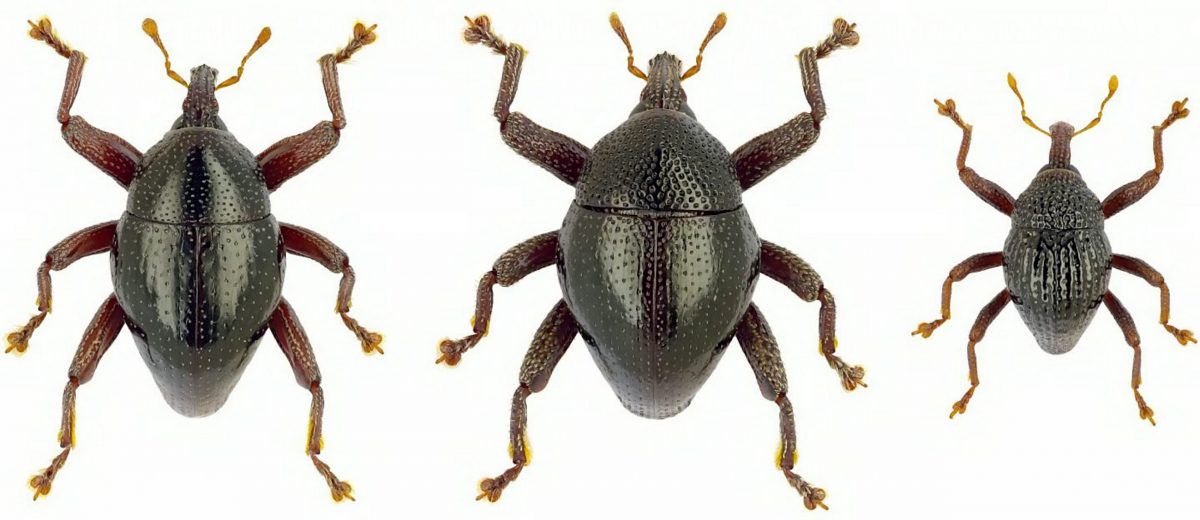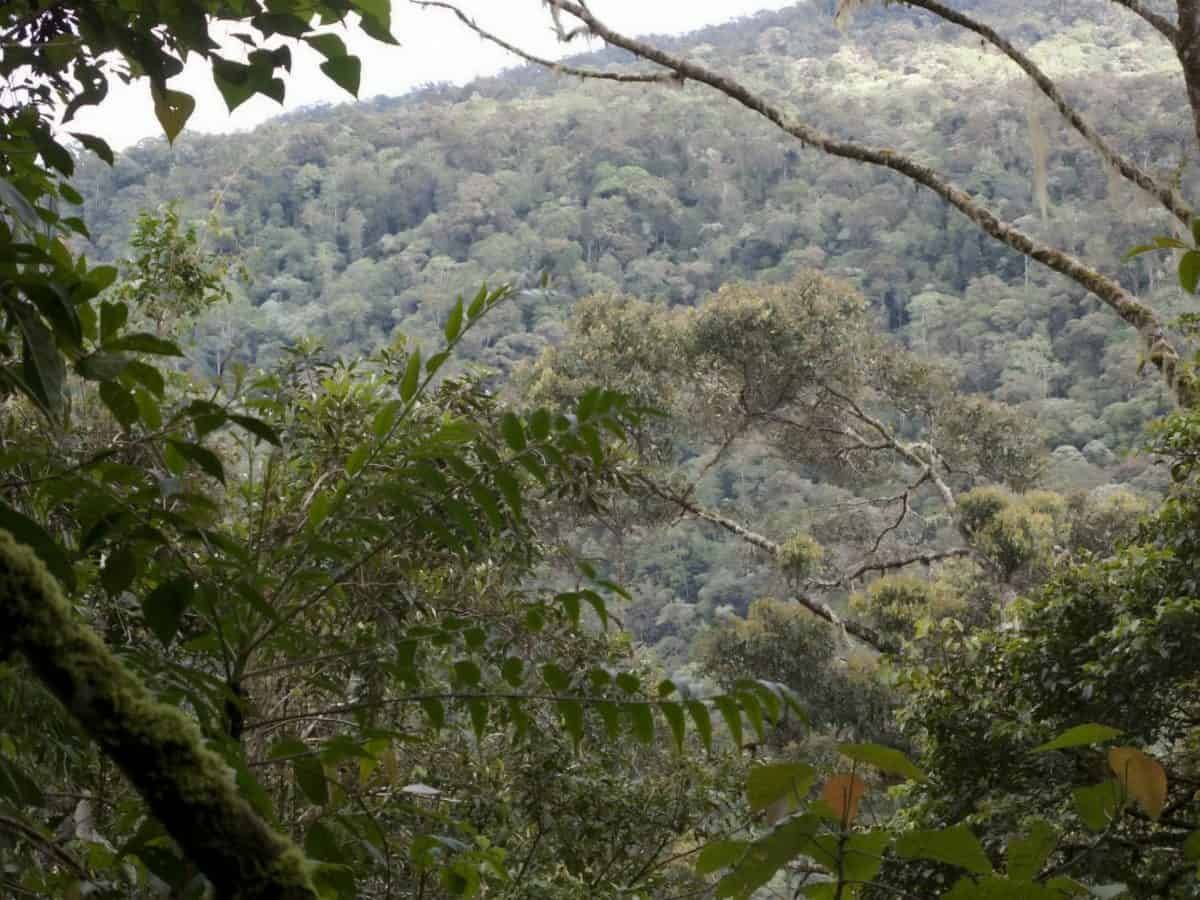A green, shiny beetle discovered on an Indonesian island has been named Yoda… after the pointy eared Jedi master in Star Wars.
Another has been called Obelix, the Asterix character – because of its rather rotund shape.
Others were named after Asterix and Idefix – the main characters in the French comics series The Adventures of Asterix.
And three have been named after the famous scientists Charles Darwin, father of the theory of evolution, and DNA pioneers, Francis Crick and James Watson.
They are among 103 new species of the creepy crawlies that have been found in the remote rainforests of Sulawesi.
They are all members of a tiny family of weevils known as Trigonopterus – measuring just a few millimetres long.
Only a single member had been identified on the idyllic paradise since 1885. The island has been long known for its enigmatic fauna.
This includes the deer-pig (babirusa) and the midget buffalo. But small insects have remained largely unexplored.

Lead author Dr Alexander Riedel, of the Natural History Museum Karlsruhe, Germany, said: “We had found hundreds of species on the neighboring islands of New Guinea, Borneo and Java – why should Sulawesi with its lush habitats remain an empty space?”
The island, known for its exotic wildlife, including birds and monkeys, is covered by lowland rainforests, although much of this has been cleared.
The researchers whose findings are published in the journal ZooKeys say there may be more of the beetles out there.
Raden Pramesa Narakusumo, curator of beetles at the Indonesian Research Centre for Biology, said: “Our survey is not yet complete and possibly we have just scratched the surface.
“Sulawesi is geologically complex and many areas have never been searched for these small beetles.”
Unlike the all-time favourite stag beetles or jewel beetles, smaller varieties’ superficial resemblance does not help identification.
In fact, the modern taxonomic approach of DNA sequencing seems to be the only efficient method to diagnose these beetles.
Coming up with novel names for such a large number was almost as taxing as finding them.
A small greenish and forest-dwelling species was aptly named after the Star Wars character Yoda.
Meanwhile, a group of three species were named after Asterix, Obelix and Idefix – the main characters in the French comics series The Adventures of Asterix.
Naturally, Trigonopterus obelix is larger and more roundish than his two ‘friends’.

Other curious names include T. artemis and T. satyrus, named after two Greek mythological characters: Artemis, the goddess of hunting and nature and Satyr, a male nature spirit inhabiting remote localities.
In 2016 a weevil discovered by members of the same team in Papua New Guinea was given the name of Star Wars’ Chewbacca.
This was in reference to the insect’s characteristically dense scales reminiscent of Chewie’s hairiness.
Sulawesi is at the heart of Wallacea, a biogeographic transition zone between the Australian and Asian regions.
The researchers assume that Trigonopterus weevils originated in Australia and New Guinea and later reached Sulawesi.
Globally, well over one million species of insect have been described to date. Recent studies have suggested there is an ongoing dramatic decline in insect populations around the world.
Insect life is at the bottom of the food chain underpins much of life on Earth.

